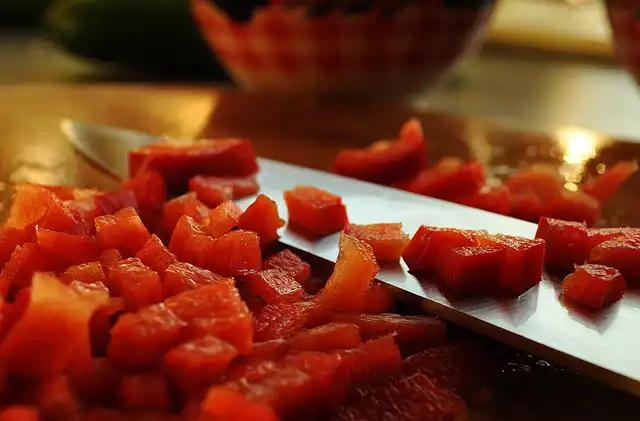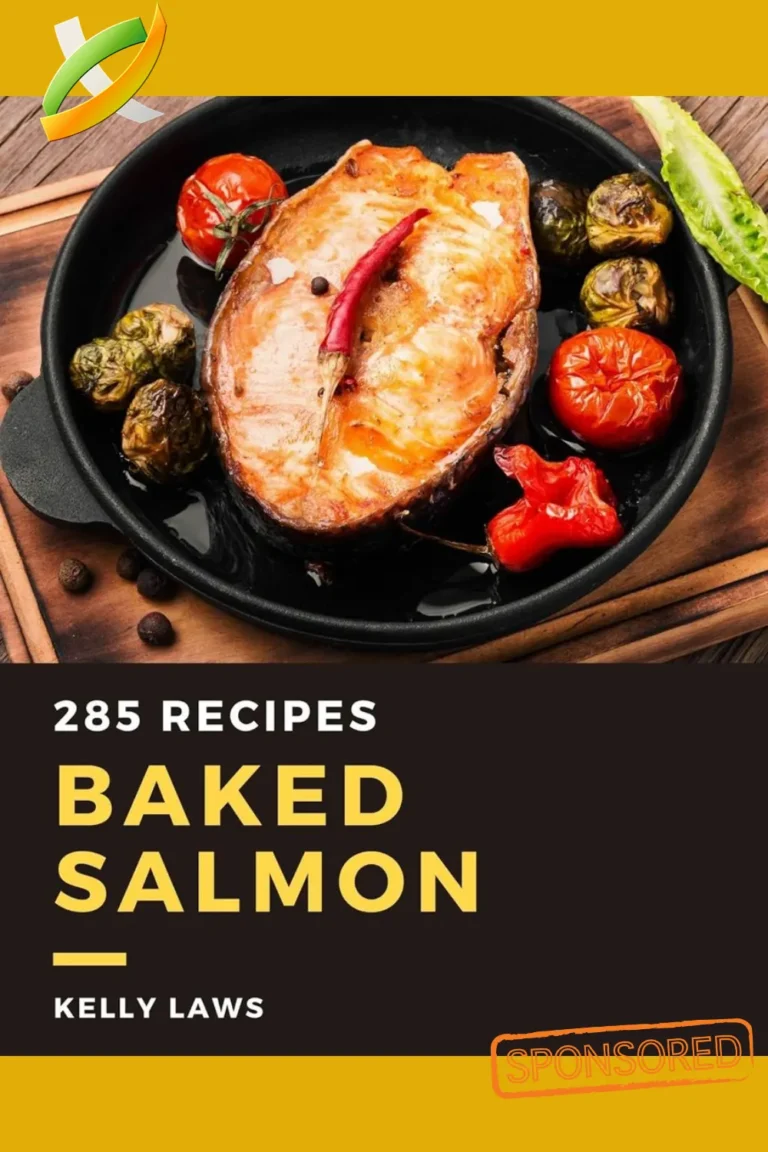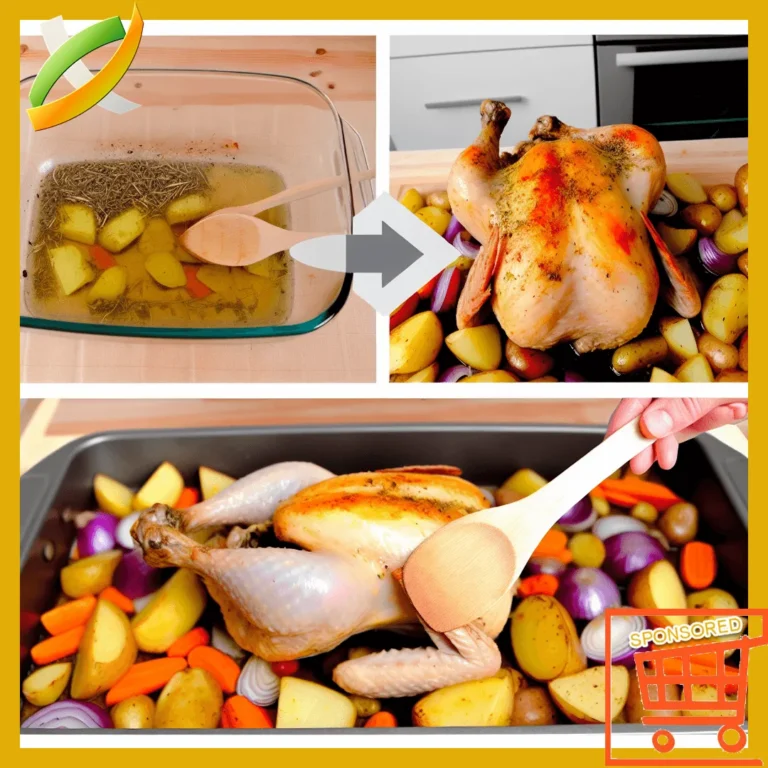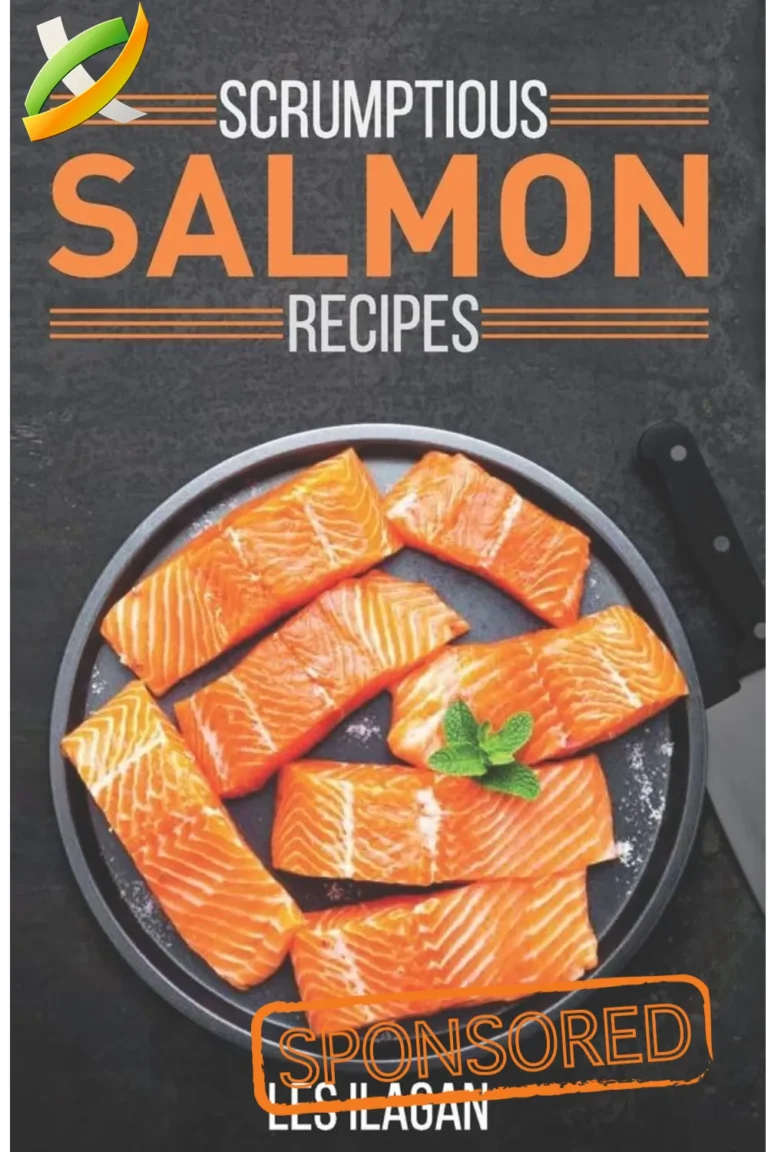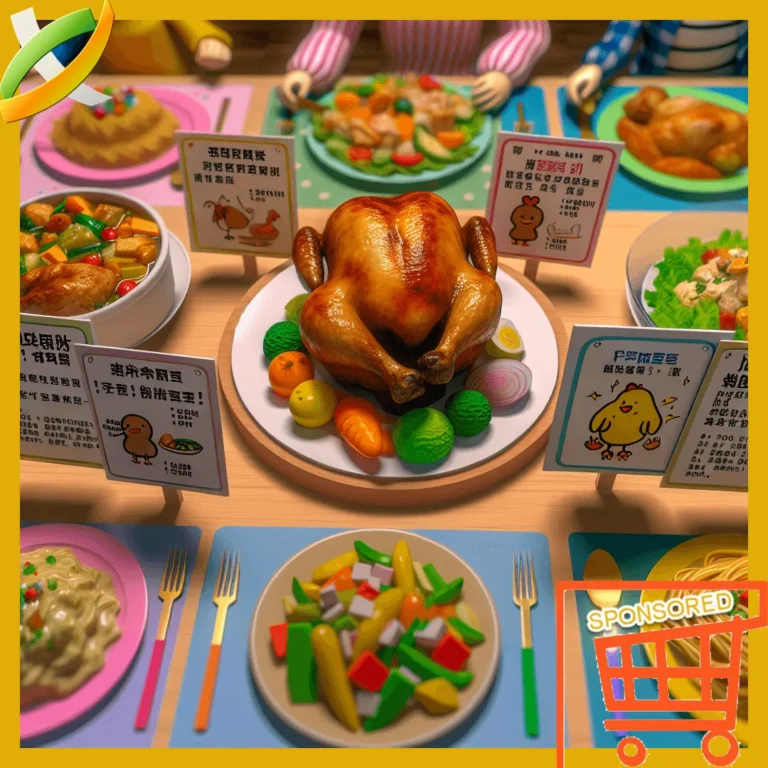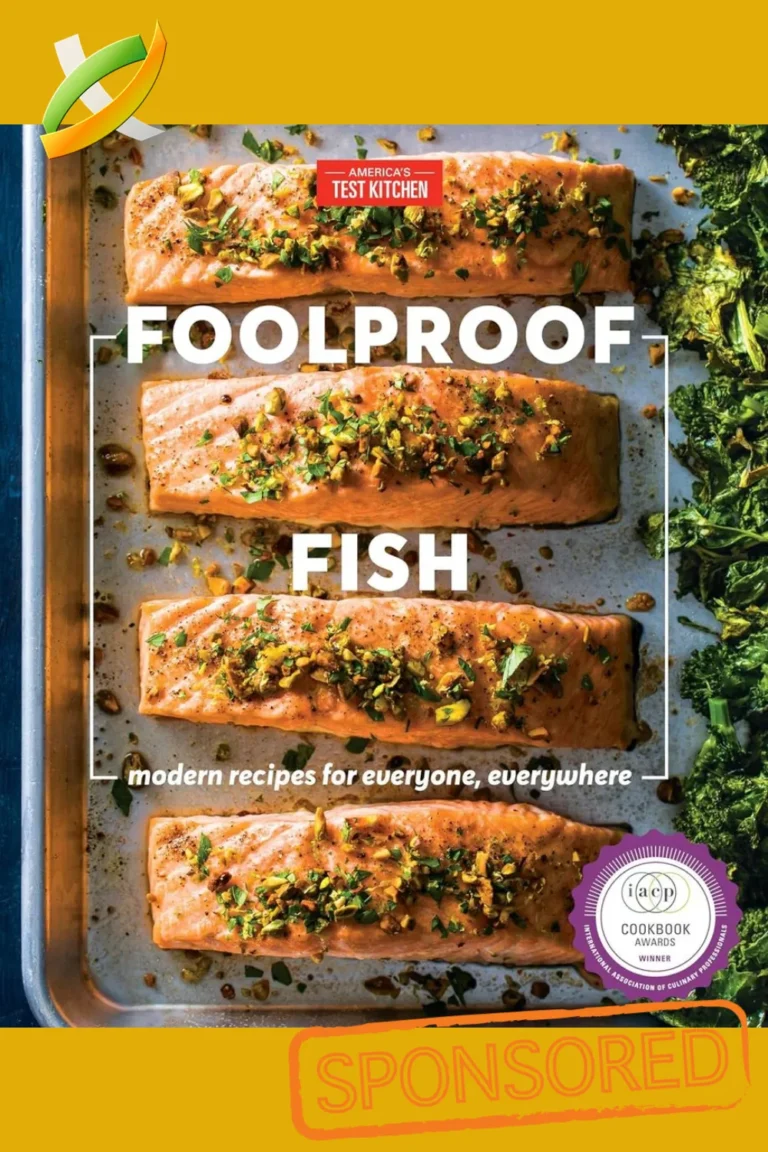Learn About Meal Preparation
Imagine transforming your kitchen into a culinary playground, where every meal becomes an adventure and every dish tells a story.
Welcome to the exhilarating world of meal preparation! Whether you’re a seasoned chef looking to elevate your skills or a kitchen novice eager to ditch takeout menus, this guide is your ticket to mastering the art of home-cooked meals.
In this article, you’ll learn about meal preparation strategies that not only save time and money but also infuse each bite with creativity and flavor.
Get ready to unlock the secrets of efficient grocery shopping, discover time-saving cooking techniques, and explore tasty recipes that cater to all palates.
With every tip and trick we share, you’ll find yourself more confident in whipping up delicious dishes that make mealtime something everyone looks forward to.
So tie on your apron, grab those utensils, and let’s dive headfirst into the exciting journey of learning about meal preparation!
Table of Contents Learn About Meal Preparation
Grocery list
A grocery list is a simple yet essential tool for any household.
It helps keep track of what items are needed and ensures that nothing important is forgotten during a shopping trip.
Creating a grocery list can be customized to fit individual needs and preferences.
Some people prefer to write out their list on paper, while others may opt for digital options such as using a grocery list app on their smartphone or creating a spreadsheet on their computer.
Whichever method you choose, make sure to organize your list by categories such as produce, dairy, meats, pantry staples, and so on.
This will help streamline your shopping experience and prevent you from aimlessly wandering the aisles.
When creating your grocery list, take inventory of what you already have in your pantry and fridge to avoid buying duplicates.
Plan out meals for the week ahead of time so you know exactly what ingredients you need.
Consider incorporating versatile items that can be used in multiple dishes to maximize their usage and reduce waste.
To save time and money, consider shopping at discount stores or buying in bulk for items you use frequently.
Take advantage of sales and coupons to stretch your budget further.
Additionally, consider purchasing frozen or canned fruits and vegetables as they are often more budget -friendly and have a longer shelf life compared to fresh produce.
Food waste
Food waste is a prevalent issue in our society that has far-reaching consequences for both the environment and economy.
It is estimated that around one-third of all food produced globally goes to waste, totaling about 1.
3 billion tons per year.
This wastage occurs at various stages of the food supply chain, from production and distribution to consumption.
One of the main reasons for food waste is overproduction and excessive purchasing by consumers.
To combat food waste in your own home, consider implementing the following strategies:
Plan meals ahead of time:
By planning out your meals for the week and creating a grocery list, you can ensure that you only purchase what you need.
This will help prevent impulse buys and reduce the likelihood of items going unused.
Store food properly:
Proper storage techniques can help extend the shelf life of your groceries and prevent them from spoiling prematurely.
Make sure to store perishable items such as fruits, vegetables, and dairy products in the fridge to maintain their freshness.
Consider investing in storage containers or reusable bags to keep leftovers organized and easily accessible.
Get creative with leftovers:
Instead of letting leftovers go to waste, try repurposing them into new dishes.
For example , you can use leftover vegetables to make a stir-fry or soup, or turn leftover chicken into a flavorful salad.
Not only does this help reduce food waste, but it also allows you to experiment with new flavors and textures in your meals.
Compost:
If you have scraps or leftovers that cannot be repurposed, consider starting a compost bin in your backyard or using a countertop composting system.
Composting not only reduces the amount of food waste sent to landfills but also produces nutrient-rich soil that can be used for gardening or landscaping projects.
By being mindful of your grocery list, meal planning, and storage techniques, you can help reduce food waste in your own home.
Not only will this save you money and time, but it will also contribute to a more sustainable and environmentally friendly food system.
Remember that every small change you make can have a positive impact, so don’t underestimate the power of your actions when it comes to reducing food waste.
Start by creating a grocery list that works for you and incorporating these tips into your shopping and meal planning routine.
Together, we can work towards a more sustainable future for our planet.
Roasted vegetables
Roasted vegetables are a delicious and healthy side dish that is easy to prepare and pairs well with a variety of main dishes.
Whether you’re roasting them in the oven or on the grill, there are endless combinations of vegetables that can be used to create a tasty and colorful dish.
One of the best things about roasted vegetables is how versatile they are.
You can use any combination of vegetables you like , such as bell peppers, zucchini, carrots, onions, broccoli, and mushrooms.
Simply chop them into uniform pieces, toss them with olive oil and seasonings of your choice (such as salt, pepper, garlic powder, or herbs), and spread them out on a baking sheet.
Roast the vegetables in a preheated oven at around 400-425 degrees Fahrenheit for about 20 -30 minutes, or until they are tender and caramelized.
You can also grill them on skewers for a smoky flavor.
Roasted vegetables are not only delicious but also packed with nutrients.
They retain their vitamins and minerals better than boiled or steamed vegetables, making them a great option for a healthy side dish.
Plus, their natural sugars caramelize during roasting, enhancing their flavor and creating a slightly sweet taste.
In addition to being a nutritious side dish, roasted vegetables can also be used in a variety of ways.
You can add them to salads, pasta dishes, sandwiches, wraps, or grain bowls for an extra burst of flavor and texture.
They can even be pureed into soups or sauces for added depth and richness.
Overall, roasted vegetables are a simple yet delicious way to incorporate more vegetables into your meals and reduce food waste.
They are versatile, nutritious, and easy to prepare, making them a great addition to any meal.
So next time you have leftover vegetables that need to be used up, consider roasting them for a tasty and healthy dish that the whole family will enjoy.
Slow cooker
A slow cooker, also known as a crockpot, is a popular kitchen appliance that allows for convenient and easy meal preparation.
This handy device is perfect for busy individuals or families who want to enjoy delicious homemade meals without spending hours in the kitchen.
The concept of a slow cooker is simple: food is placed into the pot, which is then heated at a low temperature for an extended period of time , allowing the flavors to meld together and the ingredients to become tender.
This slow cooking process not only saves time but also results in flavorful and tender dishes that are perfect for busy weeknights or lazy weekends.
One of the best things about a slow cooker is its versatility.
You can use it to prepare a wide variety of dishes, from soups and stews to roasts, curries, and even desserts.
Simply add your ingredients, set the timer, and let the slow cooker do all the work for you.
Plus, the low and slow cooking method helps to tenderize tough cuts of meat and allows flavors to develop fully.
Using a slow cooker can also help reduce food waste in your home.
By using up ingredients that may be past their prime or leftovers that need to be used up , you can create delicious meals that are both budget-friendly and eco-friendly.
In addition to being convenient and versatile, using a slow cooker can also help you eat healthier.
Because the slow cooking process retains nutrients better than other cooking methods, you can enjoy nutrient-rich meals without sacrificing taste or texture.
Plus, by cooking at home with fresh ingredients, you can control the amount of salt, sugar, and preservatives in your meals, leading to a healthier overall diet.
Overall, a slow cooker is a must-have kitchen appliance for anyone looking to save time, reduce food waste, and enjoy delicious homemade meals.
With its convenience, versatility, and health benefits, it’s no wonder that slow cookers are a staple in many households.
So next time you’re looking for an easy and delicious meal solution, consider using a slow cooker to create flavorful dishes that the whole family will love.
Happy cooking!
Shopping list
A shopping list is a handy tool that helps us stay organized and focused when it comes to grocery shopping.
It serves as a guide to ensure we purchase everything we need and avoid forgetting any essential items.
Creating a shopping list can be as simple as jotting down items on a piece of paper or using a smartphone app to keep track of what needs to be bought.
Some people prefer categorizing their lists by food group or aisle in the store, while others prefer to organize items by meal or recipe.
Whatever method you choose, a shopping list can help save time and prevent impulse purchases at the store.
In addition to keeping us organized, a shopping list can also help us stick to a budget.
By planning out meals for the week and only purchasing items on our list, we can avoid overspending on unnecessary items or impulse buys.
This can help us save money and reduce food waste by only buying what we need.
Furthermore, a shopping list can help us make healthier choices at the grocery store.
By planning out meals and snacks ahead of time, we can ensure that we have a variety of nutritious foods on hand to support our health goals.
Additionally, having a list can prevent us from purchasing unhealthy snacks or processed foods that may tempt us while shopping.
Overall, a shopping list is a simple yet effective tool that can help us stay organized, save time and money, and make healthier choices at the grocery store.
By taking a few minutes to create a list before heading to the store, we can make our shopping trips more efficient and enjoyable.
So next time you head out for groceries, don’t forget to bring along your shopping list! Happy shopping!
Frozen foods
Frozen foods have become a staple in many households due to their convenience and long shelf life.
From frozen vegetables and fruits to ready-to-eat meals, the options are endless when it comes to stocking up on these convenient items.
One of the biggest advantages of frozen foods is their preservation of nutrients.
Since they are typically flash-frozen at peak freshness, many frozen fruits and vegetables actually retain more nutrients than their fresh counterparts, which can lose nutrients over time sitting on the shelf or in the refrigerator.
This means that you can still enjoy a nutritious meal even when fresh produce is out of season or not readily available.
Frozen foods also help reduce food waste by allowing us to use only what we need and store the rest for later.
With frozen fruits and vegetables, you can easily portion out servings and keep the rest in the freezer until you’re ready to use them.
This can help prevent food from spoiling and ultimately save money by not having to throw out unused produce.
Additionally, frozen foods can be a time-saver when it comes to meal preparation.
Ready-to-eat frozen meals or pre-cut vegetables can help cut down on cooking time and make meal planning easier.
Whether you’re in a rush or just looking for a quick and easy meal option, frozen foods can be a convenient solution.
When it comes to stocking up on frozen foods, it’s important to choose options that are low in added sugars, sodium, and preservatives.
Look for items that have minimal ingredients and are as close to their natural state as possible.
Additionally, be sure to check expiration dates and properly store frozen foods in the freezer to maintain their quality.
In conclusion, frozen foods can be a great addition to your shopping list to help save time, reduce food waste, and maintain a nutritious diet.
By incorporating frozen fruits, vegetables, and meals into your meal planning, you can enjoy the convenience and benefits that these items have to offer.
So next time you’re creating your shopping list, don’t forget to include some frozen options to make meal planning and preparation a breeze!
Prepared foods
Prepared foods refer to any type of food that has been cooked, processed, or packaged in some way before it is sold or served.
These foods are often convenient for busy individuals or families who do not have the time or resources to cook meals from scratch.
Prepared foods can include items such as frozen dinners, pre-packaged snacks, deli salads, and ready-to-eat meals.
One of the main advantages of prepared foods is their convenience.
They save time and effort in meal preparation, allowing individuals to enjoy a quick and easy meal without sacrificing taste or quality.
This can be especially helpful for those with busy schedules or limited cooking skills.
In addition to convenience, prepared foods can also offer a variety of options to suit different tastes and dietary preferences.
Whether you’re looking for a gluten-free option , a vegan meal, or a low-calorie snack, there are prepared foods available to meet your needs.
This can make meal planning and grocery shopping easier, as you can simply pick up pre-made options that align with your dietary requirements.
Another benefit of prepared foods is their portion control.
Many pre-packaged meals come in individual servings, which can help prevent overeating and promote healthier eating habits.

